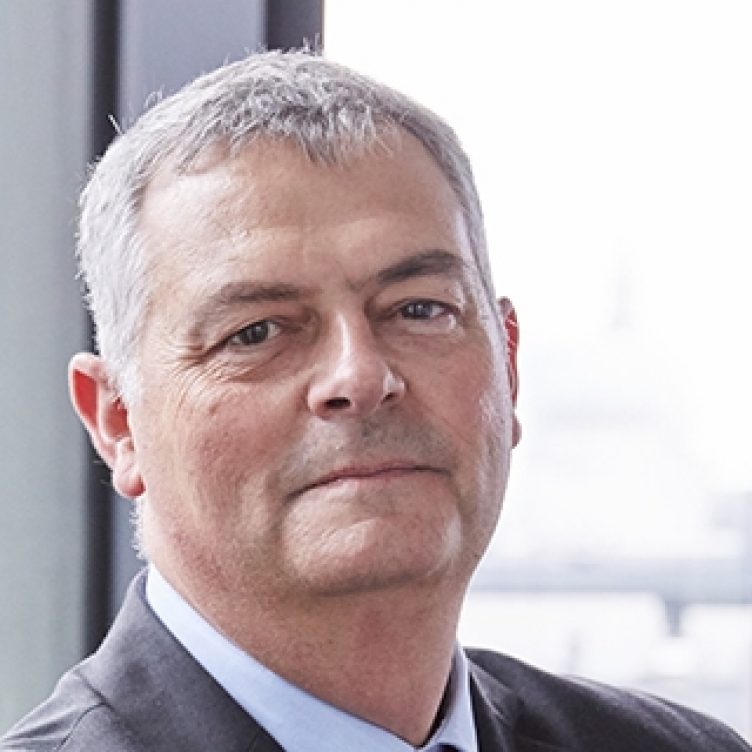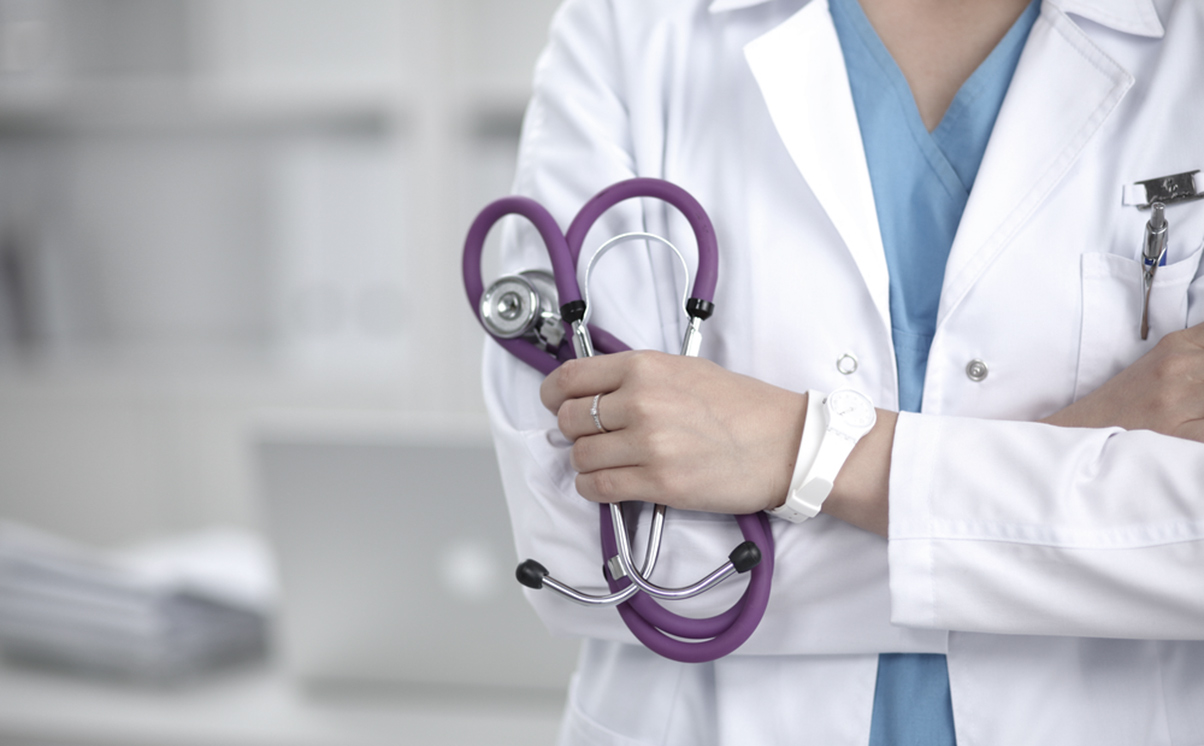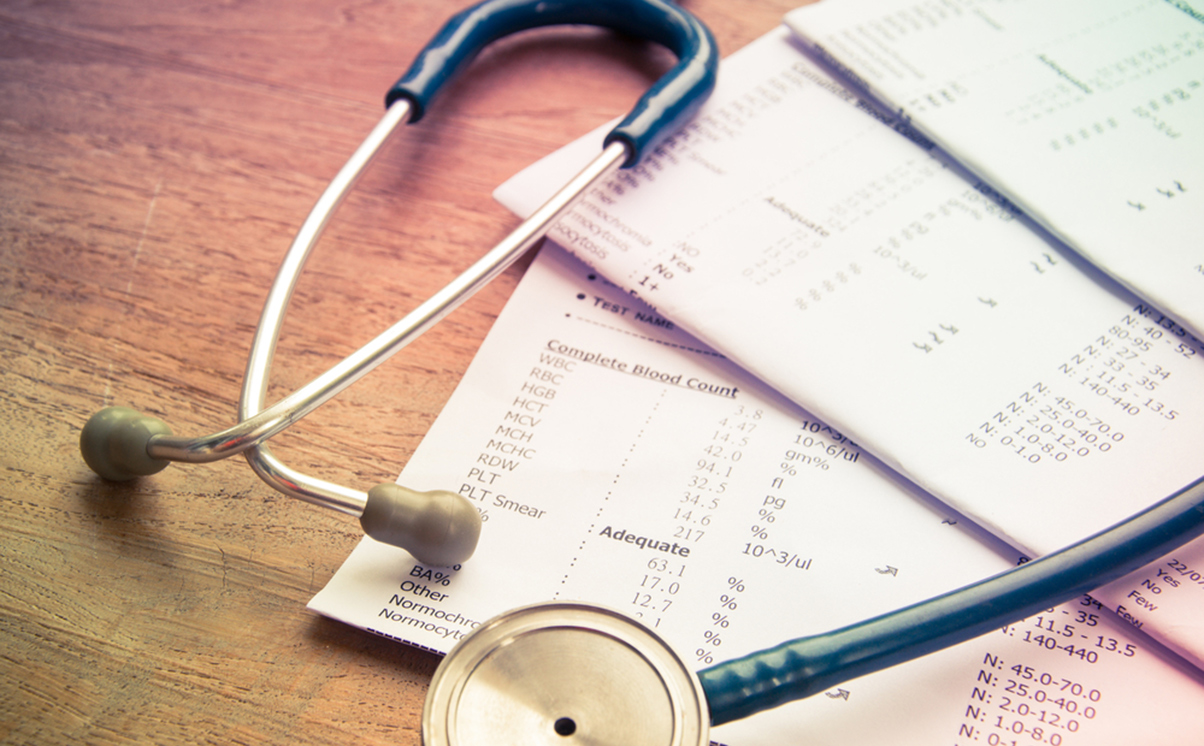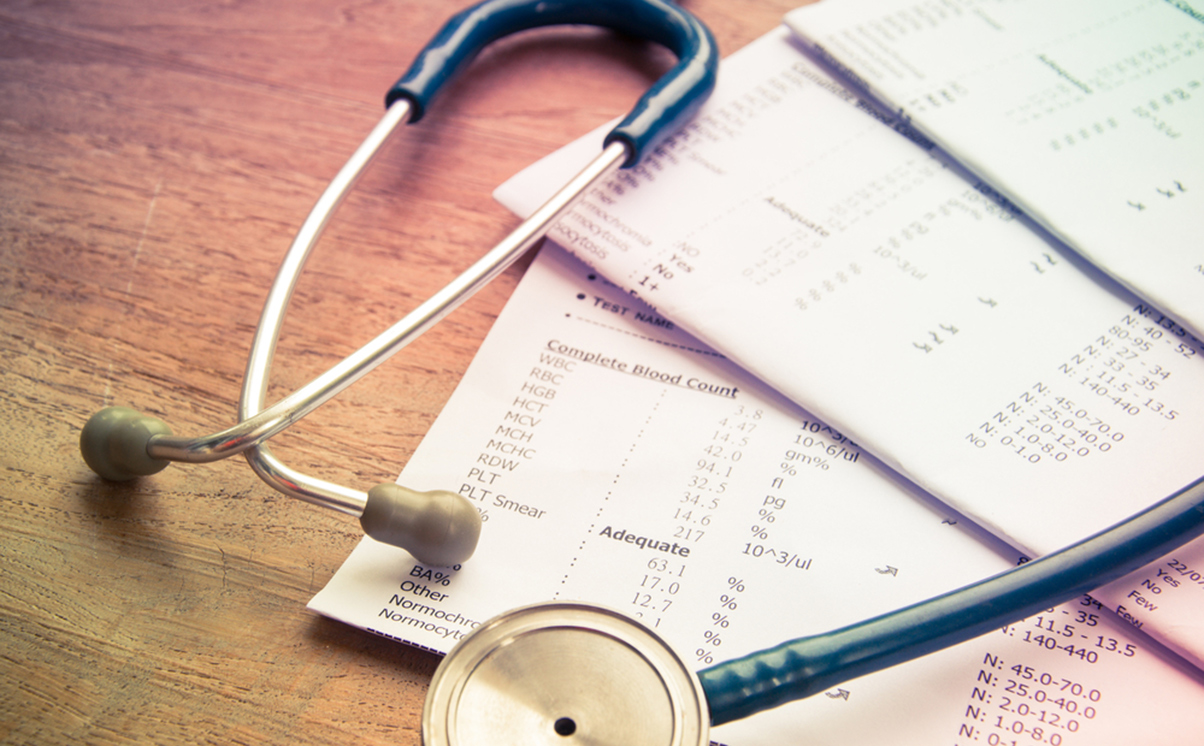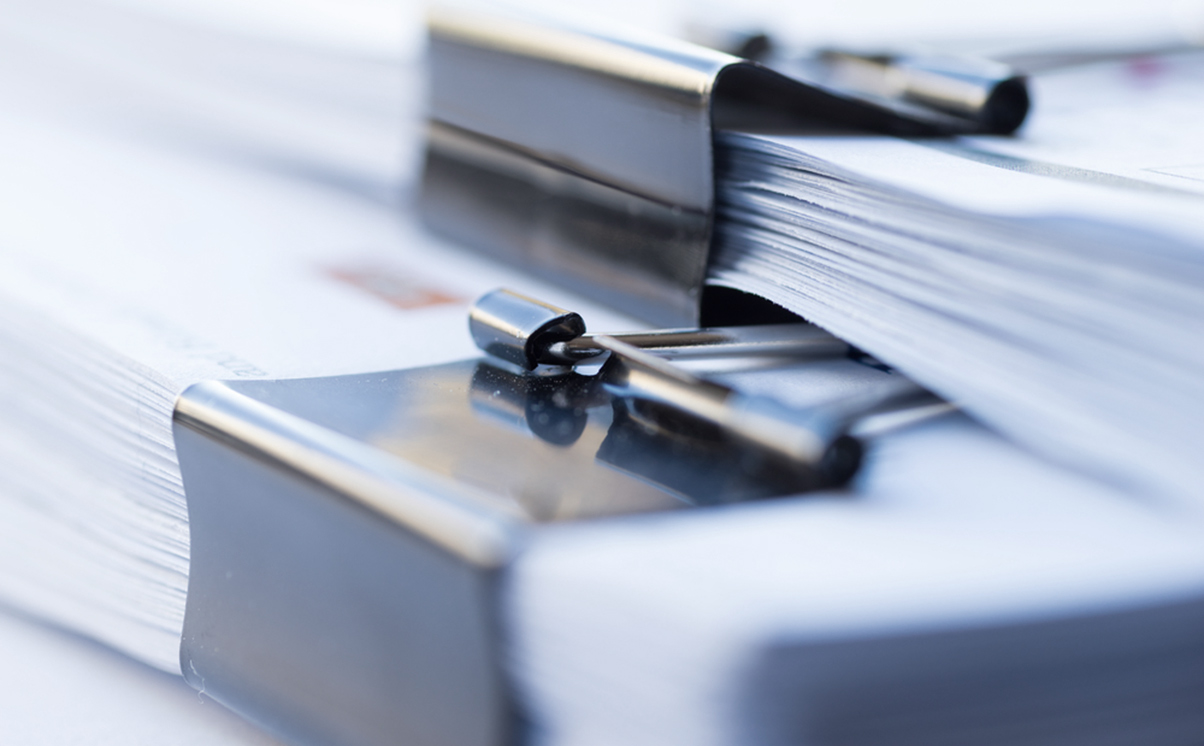Stewarts hosted our fourth Medical Witness Training day on Wednesday 27 March. It was attended by medical professionals looking to broaden their knowledge of acting as expert witnesses.
Gerard McDermott QC of Outer Temple Chambers introduced the day in his role as chair. Gerard observed that we cannot function without experts in the court process as the court requires their expertise and opinion. The key point is the independence of the experts. It is sometimes said by lawyers that the experts are of part of their team. They are not. It is a relief when they support our case, but they are independent.
The assessment of care
Fiona Johnson, RGN, Expert Witness in Care, Case Manager and Independent Healthcare Consultant, gave the day’s first presentation, which was on the assessment of care. Fiona offered an insight into the medico-legal arena, being both a highly experienced care expert witness and being “married to the law” as Mrs McDermott.
Fiona explained that care is a core part of any claim for someone with a significant disability. Care regimes can cost hundreds of thousands of pounds every year, making the expert reports in this area vital, and a likely source of contention. Fiona reviewed the crucial components for quantum expert reports, specifically on care. She looked at the expert’s duty to the court and Part 35 of the Civil Procedure Rules (CPR), with an appreciation of potentially giving evidence in a trial.
Having considered the process of the expert’s own assessment, Fiona reviewed what information a care expert should ask a consultant for when providing an overview report, including detailed considerations of aging with the injury. This is particularly relevant with regard to a prognosis of going into a wheelchair, help with transfers, equipment needs and manual handling in association with the transfers. The care report will also need to reflect on any likely future surgery or treatment and any pain issues, as well as the patient’s comorbidities, based on the opinion of the consultant.
Fiona talked about manual handling in detail, explaining that it was often an area for discussion between the experts as it can greatly impact the cost of care. Fiona also looked at the pros and cons of agency care versus directly recruited care, which should be addressed in the report with carefully researched rates. She reiterated that it really does depend on the individual’s circumstances. There was also consideration of the use of sleeping and waking carers.
Being the best expert
Ian Gatt QC, a partner in the Commercial Litigation team at Stewarts, then spoke about “being the best expert”. Ian is a vastly experienced advocate and litigator. He wanted to take the experts out of their comfort zone and into his world, providing some insight into cross-examination and giving evidence in court. The examples he offered gave a great illustration and practical application of the issues.
Ian began by explaining that the cross-examiner will immerse themselves in the detail to understand the area. They want to give the appearance that they know what they are talking about. However, whatever the area of law, they will generally split their cross-examination into two parts: scrutinising the structural (the expert themselves), and the substantive (the evidence).
Ian looked at how an expert can make sure that they are seen as “the safe pair of hands” in the eyes of the judge. He explained that a good expert will have three qualities: relevant expertise, integrity, and an ability to explain the complicated in a clear way that the judge can understand.
He then moved on to practical tips on giving evidence in court. This included dealing with a difficult cross-examination (your evidence still stands), remembering that you are always being watched (no fist bumps), pitching answers to the judge and taking control of the pace (allowing time for the judge to understand the evidence). If the expert needs time to consider something, they should take that time. It is reinforcing the expert as the court’s safe pair of hands.
Controversial issues in spinal cord injury
Next up was Jan Gawronski, Consultant and Clinical Lead at the London Spinal Cord Injury Centre.
Jan began by looking at life expectancy and the key considerations and research papers to be aware of as a starting point. Life expectancy can make a huge difference in the value of an injury claim and ensuring that claimants are provided for until the end of their lives.
The classification of spinal cord injury (SCI) can make a huge difference to this assessment. It is important, therefore, that the SCI is properly reviewed and the implications for that particular claimant are understood. This led to looking at the specific data on causes of death after SCI and running through examples to show the difference the classifications can make. Jan explained that his view is that he is an expert in SCI; rather than giving an opinion as a statistician they would have asked for one. Therefore, it is key to look at the injury and the particular features of the patient.
Jan then focused on the future of SCI rehab. There was first a brief look at the equipment coming into the market and the importance of making a good assessment of the patient with the equipment, wherever possible. Finally, Jan looked at future medical treatments in SCI rehab and, in particular, epidural stimulation research. This prompted much interest and discussion. Other questions at the end of the talk asked about the consideration of comorbidities in assessing life expectancy and syrinx risk.
Court process – lawyer and expert view
In the afternoon, Nick Knowles, a partner in the Clinical Negligence team at Stewarts, and Nick Todd, Consultant Neurosurgeon, ran through the court procedure from both perspectives.
Nick Knowles began with a brief run through how the court approaches injury claims, firstly considering the substantive law on liability. He explained the test of breach of duty with reference to the case of Bolam. Nick also spoke about the case of Montgomery, (which was familiar territory to many practising clinicians in the room), and reviewed this developing area of the law. He then turned to the intricacies of causation and the cases in which the court will need to look beyond simple “but for” causation.
It was then the turn of Nick Todd to take us into the unspoken world of joint expert discussions. Unspoken because, as Nick explained, the discussions are without prejudice, meaning that what is said by the experts cannot be referred to in court.
Nick began by reiterating the comments of Ian Gatt QC on the importance of the CPR to experts. He made particular reference to expert discussions and section 9 of Practice Direction 35, which is a short but helpful section worth re-reading and being familiar with.
Joint expert meetings
Having looked at some of the procedural requirements of the experts’ discussions, Nick Todd discussed an expert’s practical considerations, from arranging the meeting to completing the joint experts’ statement. He highlighted the problems that experts face in the meeting. Not least of these is dealing with their opposite number and wrangling with the increasingly long and contentious agendas provided by instructing solicitors.
Nick reminded the audience of the importance of considering their opinion carefully. In litigation, the setting is adversarial rather than the collegiate atmosphere of medicine. Whilst being willing to discuss the issues with their opposite number, it is not for the experts to compromise parties’ cases for them. The purpose of the experts is to clearly state their position and present their opinion to the court. He acknowledged the difficulties in giving an opinion where the facts might be unclear. He suggested that the formula, “If the court finds x, we agree…/it is the opinion of…” can be helpful to clearly set out the experts’ views.
The independence of experts and good preparation were themes revisited again in considering the discussions between the lawyers and experts around the joint expert meetings. Gerard McDermott QC highlighted the confidence lawyers and experts place in each other. The amount of work that goes into preparing for the joint experts’ meeting, undertaking the meeting and ensuring that the statement is entirely accurate (sometimes calling for complete rewriting to accord with your opinion), cannot be underestimated. Nick Todd also reflected that with less time being spent in court, this may be the last opportunity for the expert to express their view.
Conclusion
In the last session of the day, the speakers returned for a panel session, considering issues from “hot-tubbing” and why it is slow to catch on, to GDPR. Fiona Johnson helpfully took us through the considerations undertaken in her practice in relation to GDPR to ensure compliance. There was also some discussion of the principle of “no property in a witness”, alternative models for litigation, and the number of experts that might be involved in any one case and the interaction of their disciplines.
Slides of the talks are available on request by emailing Hollie Brill, Senior Marketing Executive – Events.
The medical witness training day is held annually at Stewarts’ offices. To receive our quarterly newsletter on this topic, and be invited to future events, please sign up to the mailing list here.
You can find further information regarding our expertise, experience and team on our Personal Injury or Clinical Negligence pages.
If you require assistance from our team, please contact us or request a call back from one of our lawyers by submitting this form.


